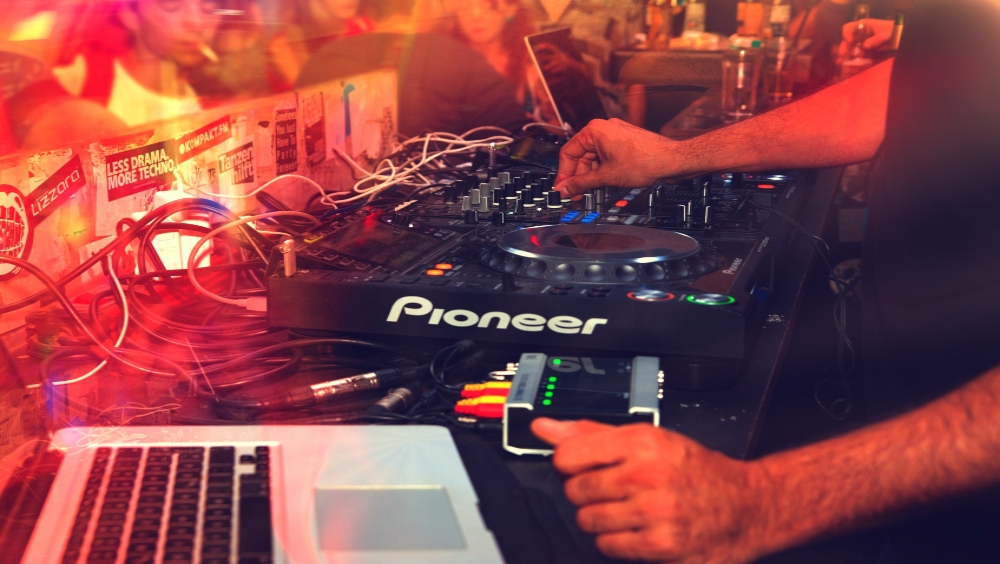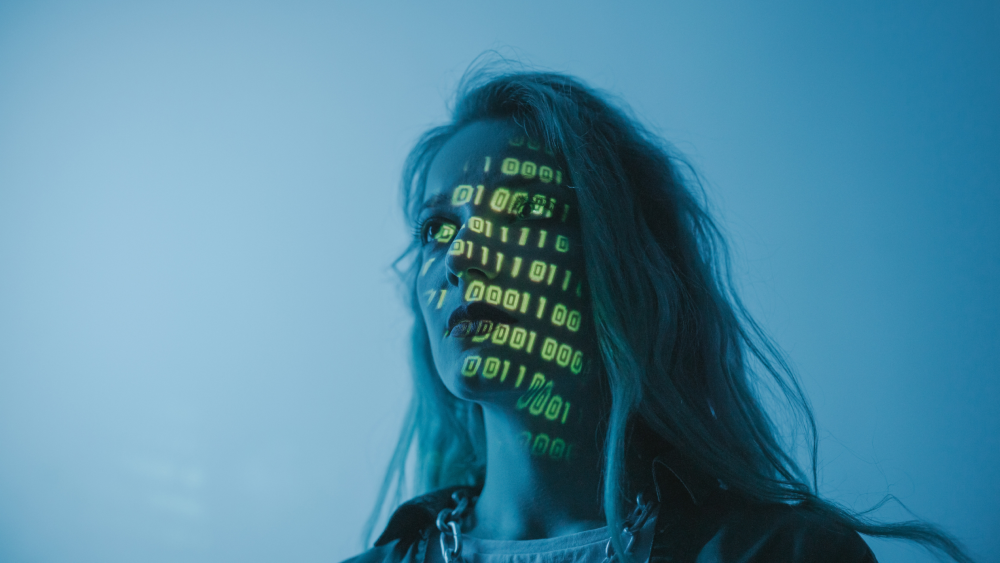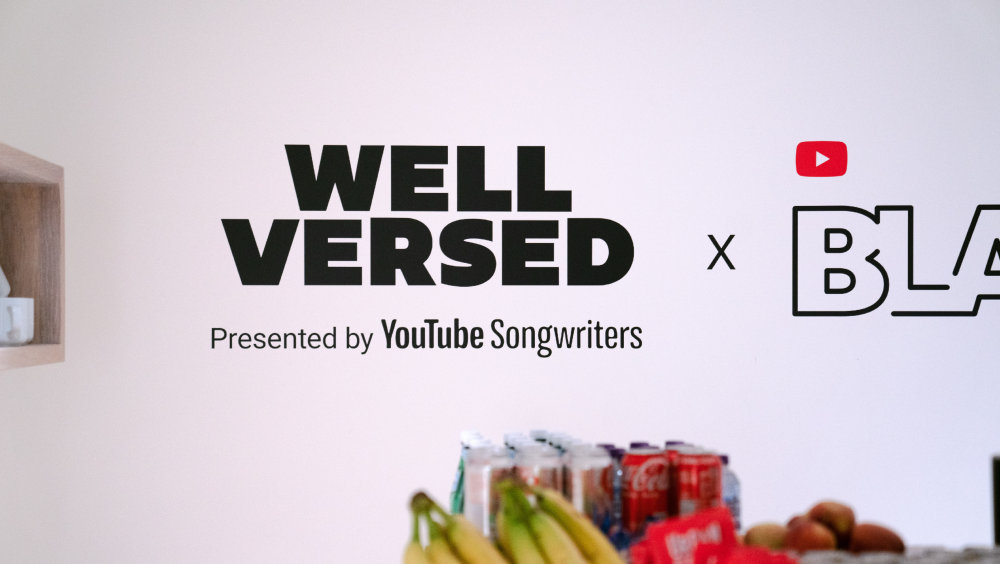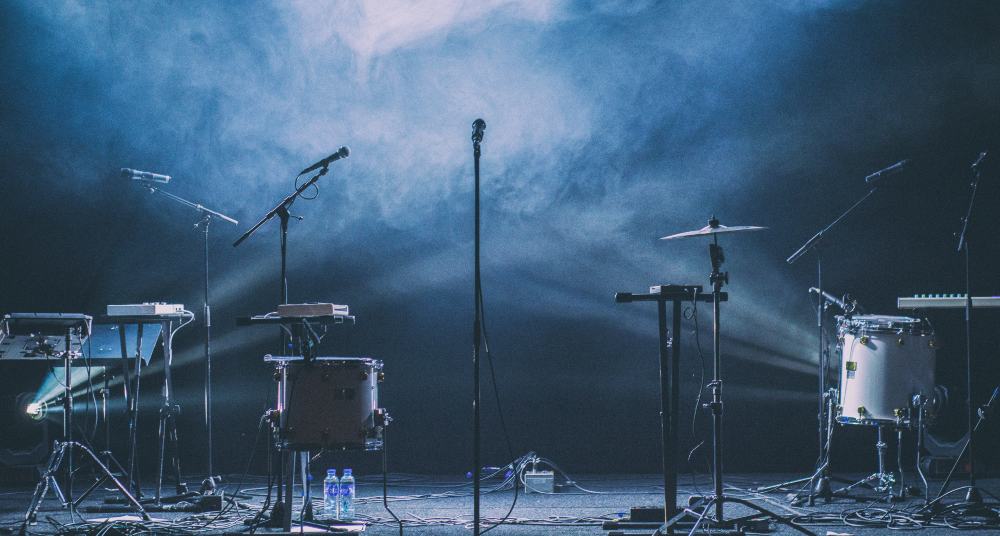Music Recognition Technology – commonly known as MRT – does exactly as it sounds. It’s technology that recognises and identifies recorded music by analysing the track’s individual characteristics. Accurately identifying music being played means that its usage can be recorded and rightsholders paid.
DJMonitor is one of the leading MRT companies in the industry, with its technology now being integrated into Pioneer DJ equipment and used across festivals and in clubs worldwide. In the UK, DJMonitor tracked 589 DJ sets – over 10,000 tracks and 700 hours of music – at festivals in 2022 and monitored an additional 25,000 hours of music in clubs, with a positive identification rate of 80 -95%. As the company’s music library grows and the roll out of the technology across the music industry builds momentum, MRT is only going to become more relevant.
Because MRT provides more granular data than market research surveys and other identification tools, the technology can make royalty payments more precise. ‘Mixing and mashups in a DJ set can make it trickier to recognise the tracks being played via MRT,’ says Russell Chant, Head of Distributions at PPL who license the use of recorded music. ‘We have been fortunate to find a supplier in DJMonitor who are passionate about electronic music and use their expertise to deal with these challenges.’
DJMonitor uses Audio fingerprinting and Direct Metadata Collection to overcome these hurdles and create the best matches possible through their monitoring.
Audio fingerprinting takes small samples of music and analyses frequencies and amplitudes to create a unique digital fingerprint of the audio’s characteristics. These audio fingerprints are then matched to the MRT databases which include over a hundred million songs worth of fingerprints. It’s these matches which are then recorded in the music usage report.
Direct Metadata Collection is when DJMonitor receives the track’s title, artist and other relevant information directly from the DJ device. These details are then run through AI algorithms to ensure that the data produced is properly matched within the music usage report.
The combination of both Audio Fingerprinting and Direct Metadata Collection becoming embedded in DJ equipment means that in the near-future, more accurate usage reports will be able to be produced at a much quicker rate. This will mean that artists could be paid much faster.
It’s important that the DJMonitor database is comprehensive because if a song isn’t on the database, then it can’t be matched by MRT. Artists can upload music directly to DJMonitor's creator portal.
If MRT is being used at a festival or club then traditional setlists don’t have to be reported to track music usage because DJMonitor’s report will be used to calculate the royalties. This means that artists receive royalties when their music is used even if the DJ performing is not a member of the same royalty collection society. Music that hasn’t been commercially released should also be uploaded to make sure it’s recognised when sampled as part of a set. However, whilst DJMonitor’s technology is becoming widespread, it’s not yet used at all clubs festivals so it's crucial artists and DJs continue to report all live performances.
'DJs are to dance music what orchestras are to classical. DJing is a fundamental way in which dance and electronic music connects with a live audience.'
Ashley Howard, Relationship Manager at PRS for Music, explains that music recognition technology is particularly important for the dance and electronic genres, with many artists also performing as DJs.
‘DJs are to dance music what orchestras are to classical. DJing is a fundamental way in which dance and electronic music connects with a live audience and, like orchestras playing compositions, the DJ often isn’t the person who created the music.'
‘So, when it comes to the royalty payment mechanisms that sit behind all of this, music reporting is integral to rewarding the creators of the music being played. There are challenges in gathering sufficient quality and quantity of DJ setlist information, but DJMonitor’s MRT offers an excellent solution,’ he explains.
Music Recognition Technology is certainly the future when it comes to reporting on the music used and the royalties generated at festivals and in clubs. Ash predicts that the next stage will be all about how it interacts with other technologies, ‘particularly those that could ultimately see DJs using music streaming services in nightclubs.’
As Yuri Dokter, founder of DJMonitor, says, MRT ‘benefits the entire music rights eco-system,’ helping to simplify royalties and making it more accurate and efficient for organisers, performers and music creators themselves.





